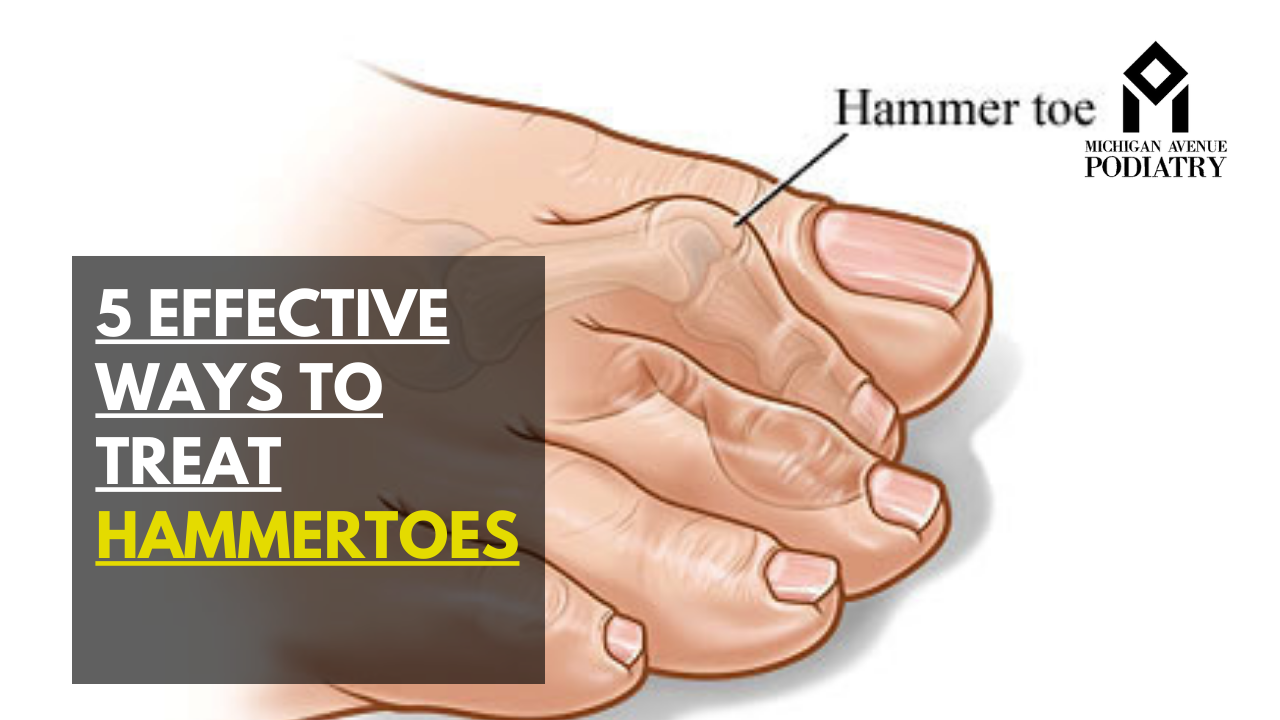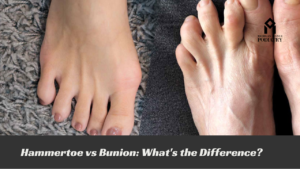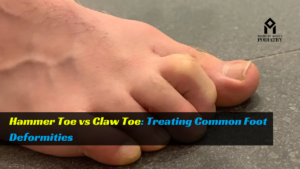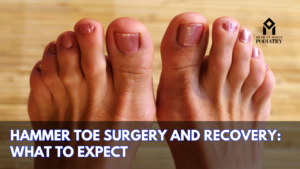Hammer toes are a common foot deformity characterized by an abnormal bending of the toe joint, causing the toe to curl downward instead of pointing forward. This condition can lead to pain, discomfort, and difficulty wearing shoes.
Causes of Hammertoes
Hammertoes can be caused by a variety of factors, including:
- Muscle imbalance: Imbalance in the muscles and tendons surrounding the toe joint can cause it to bend abnormally.
- Tight shoes: Wearing shoes that are too tight or narrow can force the toes into a bent position over time.
- Trauma: Injury to the toe or foot can result in hammertoe formation.
- Genetics: Some individuals may be predisposed to developing hammertoes due to their family history.
Risk Factors for Hammertoes
Certain factors can increase the risk of developing hammertoes, including:
- Gender: Women are more likely than men to develop hammertoes, possibly due to wearing high heels or narrow shoes.
- Age: The risk of hammertoes increases with age, as the muscles and ligaments in the foot may weaken over time.
- Foot structure: Having flat feet or a high arch can contribute to the development of hammertoes.
- Medical conditions: Conditions such as arthritis and diabetes can increase the risk of hammertoes.
Signs and Symptoms of Hammertoes
Common signs and symptoms of hammertoes include:
- Toe pain or discomfort, especially when wearing shoes
- Corns or calluses on the top of the affected toe
- Inflammation and redness around the toe joint
- Difficulty straightening the toe or walking comfortably
Diagnosis of Hammertoes
Diagnosis of hammertoes typically involves a physical examination by a healthcare professional. In some cases, imaging tests such as X-rays may be ordered to assess the extent of deformity and rule out other conditions.
Treatment Options for Hammertoes
Non-surgical Treatments
Proper Footwear: Wearing shoes with a wide toe box and ample room for the toes can help relieve pressure on the affected toe and prevent further deformity.
Toe Exercises: Performing exercises to strengthen and stretch the muscles and tendons in the toes can improve flexibility and reduce the severity of hammertoes.
Padding and Taping: Using padding or adhesive tape to cushion the affected toe can provide relief from pain and prevent friction against the inside of shoes.
Orthotic Inserts: Custom orthotic inserts or shoe inserts can help support the arch of the foot and redistribute pressure away from the affected toe joint.
Surgical Treatments
In cases where conservative treatments fail to provide relief, surgical intervention may be necessary to correct the deformity.
Surgical options may include:
- Removing a portion of the bone to straighten the toe
- Realigning the tendons and ligaments surrounding the toe joint
- Fusing the toe joint to prevent further bending
Prevention Strategies for Hammertoes
To prevent hammertoes, individuals can:
- Wear properly fitting shoes with a wide toe box and low heel.
- Avoid wearing high heels or narrow shoes for extended periods.
- Perform regular toe exercises to maintain flexibility and strength.
- Seek prompt treatment for foot injuries or deformities to prevent complications.
Conclusion
Hammertoes can cause pain and discomfort, but with proper treatment and preventive measures, individuals can effectively manage this condition and improve their quality of life.




